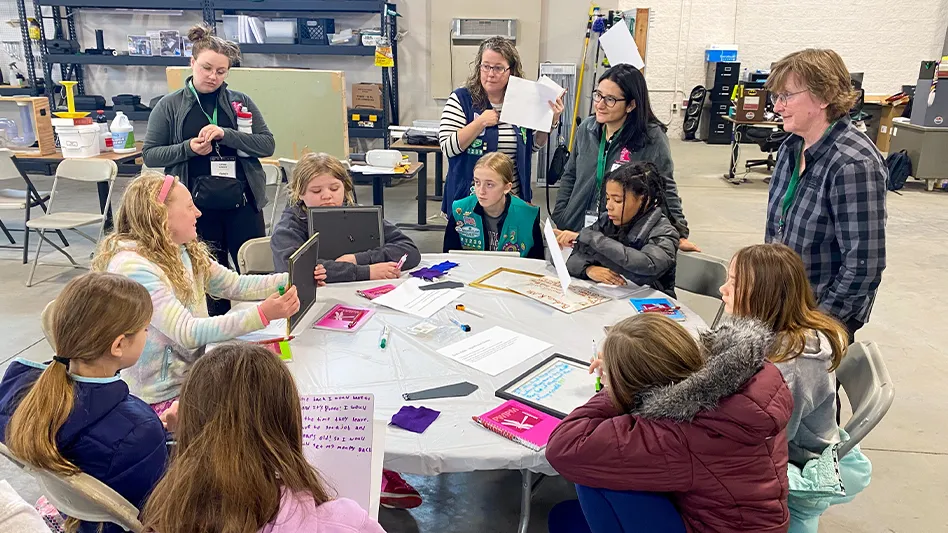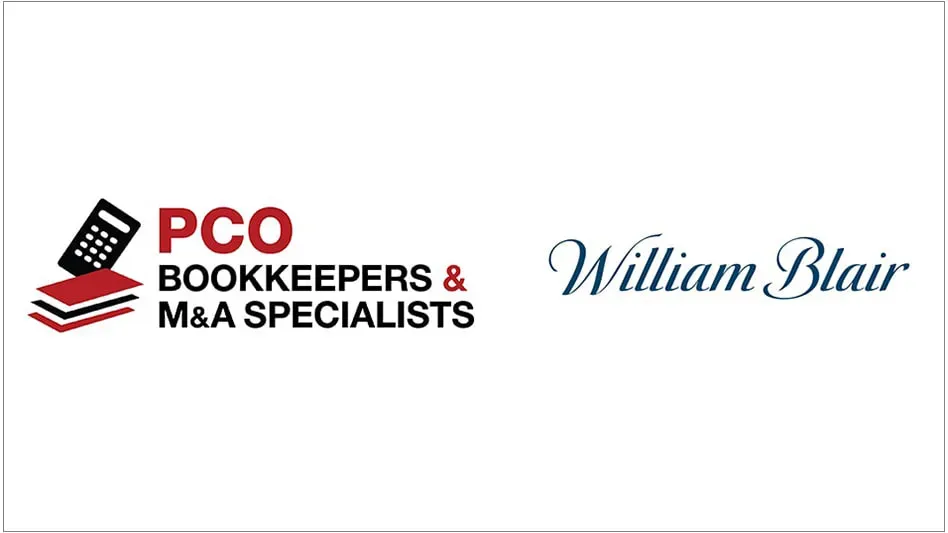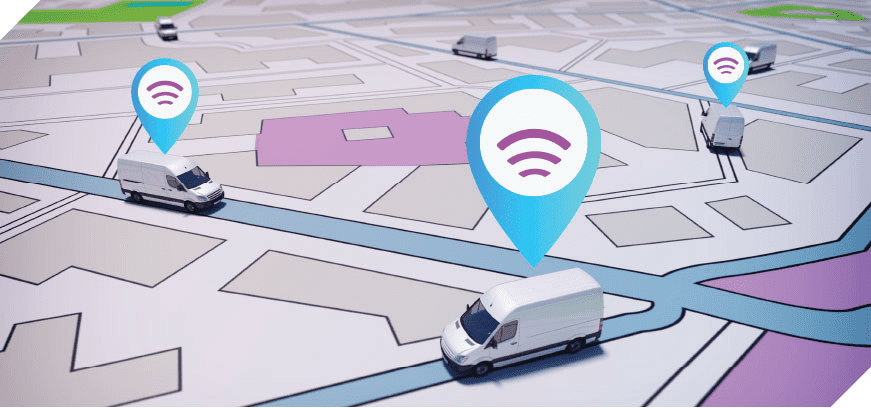
GPS map apps are a basic part of driving in today’s connected world. When’s the last time you asked someone for directions to their home? (Siri and Google Maps will handle that.) And on the road to service clients, there are a range of accessible, affordable tools and software to tighten routes, monitor mileage, track location — and even help modify defensive driving behaviors that can trigger irate complaint calls to your office.
The question is: What do you really want to know about your fleet, and how will you use the information to run your business smarter and more profitably?
For Bill Cowley, co-owner, Cowley’s Pest Services, Farmingdale, N.J., implementing GPS and routing systems that integrate with the company’s business software saves time and money. He can plug in appointments that make drive-time sense for technicians. Because there will always be “surprises” that crop up in the workday, the technology can smooth out rough schedules and make the firm more efficient.
“For callbacks, we can see which technicians are in the area so we don’t have someone driving from a half-hour away, and if a new customer calls in and we have a gap, we can see who’s close and has time, so we don’t blow up our routing for the day,” Cowley says.
Aside from routing, there are numerous ways pest management professionals deploy GPS technology. The capabilities of software, vehicle cameras and simple plug-in units have expanded since early systems were introduced, says Scott Steckel, director of strategic development, Plunkett’s Pest Control, Columbus, Ohio.
When Steckel ran Varment Guard and was an early adopter of GPS, the hard-wired vehicle devices were used to manage driver behavior and ensure accurate routing. At Plunkett’s, tablets have GPS, and many times, it’s used to locate handhelds that could be left in the field. “We don’t look at GPS from a management point of view or a route origination point of view,” he says.
As GPS and routing software has evolved, PMPs are finding resourceful ways to leverage the systems. Here’s how.
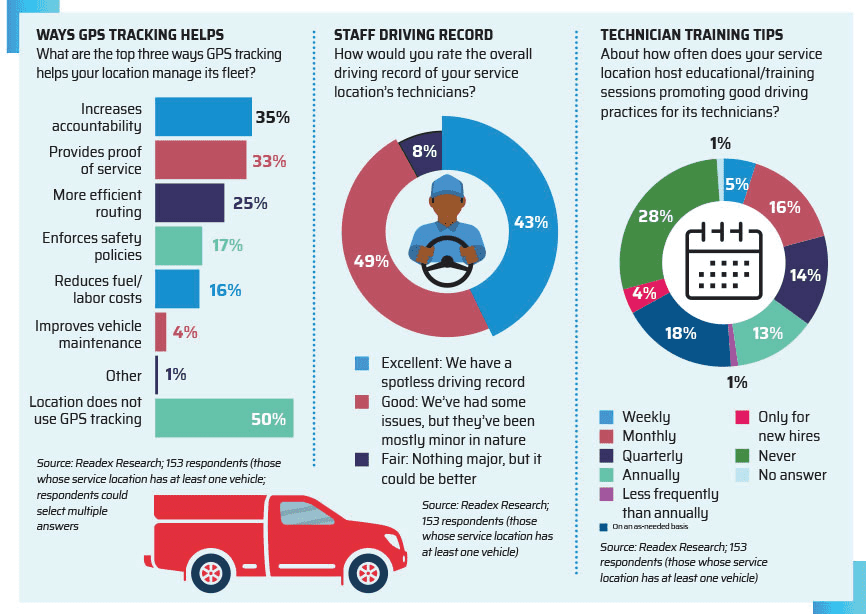
Manage Mileage
Overseeing maintenance and understanding exactly how many miles vehicles clock on the road are two key benefits of the fleet management software at Truly Nolen, Tucson, Ariz., says George Lawlor, director of IT. The insight informs managers of when vehicles need to be replaced and helps with budgeting those expenses.
A big part of managing mileage is tightening routes so technicians can spend more time servicing accounts and less of their workdays behind the windshield. “Now, we can analyze where we are seeing mileage shrinkage, and we can provide better customer service and a better working environment for our partners because they are not on the road as much,” Lawlor says.
Overall, GPS in conjunction with routing software extends the fleet and elevates client service. “And it’s a huge part of providing work-life balance for our partners,” Lawlor says.
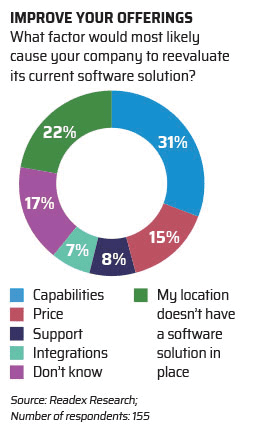
Proof of Service
A customer calls in and complains that the technician only spent 10 minutes on the property — at least, that’s what the neighbor told her, and she’s sticking to the story. For the cost, she wants to know why the company isn’t spending more time servicing her property.
Calls like this — and inquiries about whether a technician showed up at all — are not uncommon, and GPS can protect companies from faulty claims. “It’s a great accountability tool,” Cowley says. When he explains to employees that GPS can actually protect them vs. being a Big Brother move, they grow an appreciation for it.
“If a customer questions the effort or whether someone showed up, we can see what time they were there and how long we spent there,” Cowley says.
On the other hand, if Cowley is reviewing GPS and routing data and notices that a technician is whipping through accounts faster than expected, he’ll use the information as a training opportunity. “Maybe they are missing something or leaving out a service that we do, so we can use it to make sure technicians are putting the right amount of time into each service,” he says.
Watch It
Truly Nolen installed driver cameras to reduce risk. The device sits under the rearview mirror and has a camera that faces into the cab and out toward the road. “It’s constantly recording video, but it doesn’t save anything unless a trigger happens,” Lawlor explains.
A trigger might be hitting a pothole — or worse, a collision. The cameras record eight seconds prior to the event and four seconds after the trigger. Lawlor describes the technology as reactive, and it can help improve driving habits and preserve the company’s reputation. “We don’t want our partners to rush to appointments, and we want to make sure they are not driving too fast or making unsafe maneuvers because our cars are rolling billboards,” Lawlor says. “We don’t want anyone misrepresenting the company, and we are looking out for the safety of our partners and other people on the road.”
The cameras work in conjunction with GPS that has a behavior modification alert. If an aggressive move like a hard stop or sporadic acceleration occurs, the driver gets a “beep.” The camera also is triggered to record the incident.
“There are positives and negatives to having a drive cam,” Lawlor says. “It can correct behavior and also reinforce positive behavior, so managers can award certificates. We print them out and use them as part of our monthly branch meetings. Our managers act as coaches, and they show our partners they are on their side and are an advocate for them.”
The company emphasizes to its people that they aren’t “always watching.” Video is only recorded if there is an incident. “And, if they feel like they are in an uncomfortable position, they can manually upload video,” Lawlor adds, noting that a record of an incident can protect technicians, too. “It’s about making sure that everyone knows the reason we are doing this is safety and protection for a future or current customer, our drivers and our vehicles. It’s a tool to help.”
Go to Market
Daryl Hansen’s two-man operation uses Google Maps for turn-by-turn directions, but he found another benefit to the mainstream GPS app aside from arriving at the right place on time. Sure, he can avoid heavy traffic and construction with notifications that send those alerts. But he also looks back over his driving history to identify opportunities for selling his service.
“We can see the different addresses, and maybe we’ll see an area where we should market more,” says Hansen, owner of Ram Pest Control in Shawnee, Kan.
Hansen’s business is 80 percent residential, and he covers about a 40-mile radius around Kansas City. “We do a lot of driving,” he says.
By identifying pockets where there is some density, he can focus on acquiring more customers in those areas so he can reduce drive time. “Having that tool tells us where we need to focus so we can use our time wisely,” Hansen says.
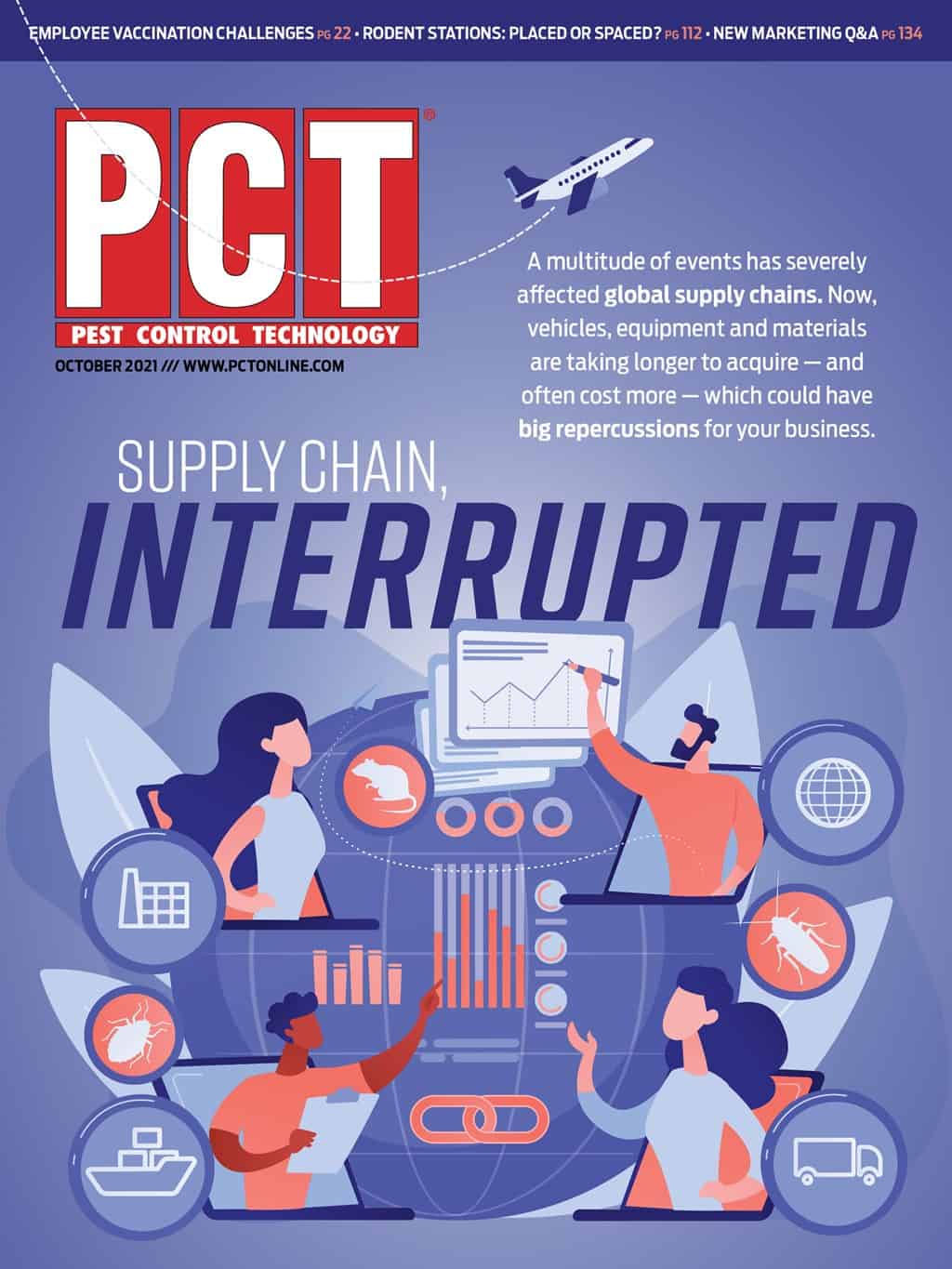
Explore the October 2021 Issue
Check out more from this issue and find you next story to read.
Latest from Pest Control Technology
- Gaining Control of Structure-Infesting Carpenter Ants
- Big Blue Bug’s Brian Goldman Receives Rhode Island Small Business Person of the Year Award
- UF Researchers Examine How Much Bait it Takes to Eliminate a Subterranean Termite Colony
- Women in Pest Control Group Continues to Grow, Provide Opportunities in the Industry
- NPMA Announces Results of 2024-2025 Board of Directors Election
- Massey Services Acquires Orange Environmental Services
- Hawx Pest Control Wins Bronze Stevie Award for Sustainability
- Abell Pest Control Highlights Growing Tick Activity Across Canada



